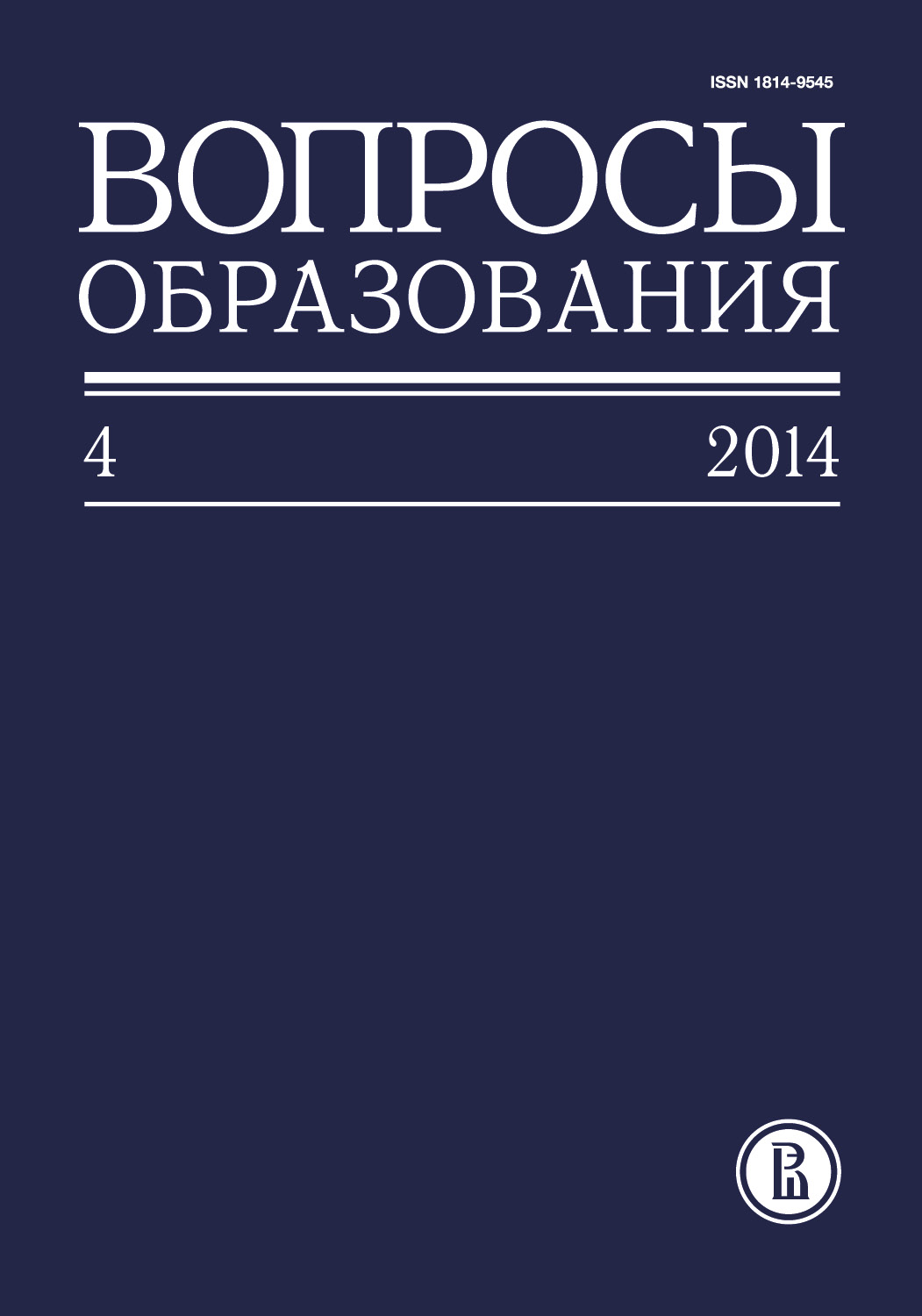Рецензия на книгу: Паси Сальберг. Финские уроки. Чему может научиться мир на опыте образовательной реформы в Финляндии?
Аннотация
Интерес к финской системе общего образования возник в 2000 г., когда начали проводиться международные сравнения достижений школьников PISA. На всех этапах этого исследования с 2000 по 2012 г. образовательная система Финляндии входила в 5% лучших систем мира. В рецензируемой книге анализируется опыт организации системы общего образования в Финляндии начиная с 1968 г., когда была проведена радикальная реформа. Главным фактором успеха автор считает финских школьных учителей, которые получают университетское образование и пользуются всеобщим уважением в обществе. Большое внимание в книге уделено сопротивлению финской системы образования унифицирующему давлению Движения за глобальную реформу образования. Финляндия так и не ввела в школах итоговые стандартизованные экзамены по всей программе, организуемые на государственном уровне.








